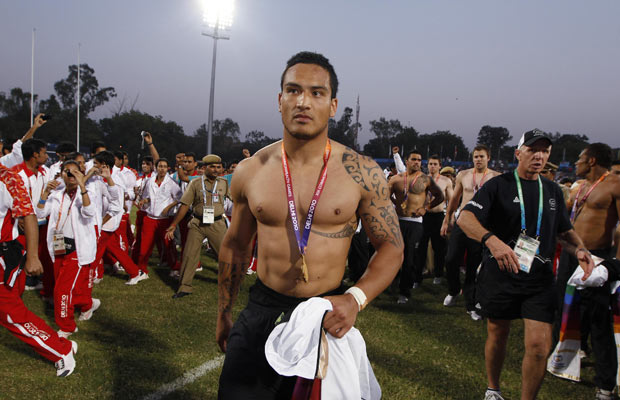If you suffer pain from osteoarthritis the first recommendation a doctors makes is for you to lose weight. The more you weight the greater the pressure on your joints/ligaments etc. and the greater the bone on bone pain you suffer.
I wonder if the same theory applies to Rugby players these days. They bulk up to create more strength but is that extra weight (combined with longer seasons and training) causing them more of these lower legs injuries? No proof just a hunch.
The first statement is mostly true, but the increase loads show up in the bone-on-bone forces but only in a minor way on the ligaments. As you increase stresses on ligaments they will increase in size/thickness to support this load. Simple physics will tell you that size has the potential in increase the severity and risk of contact injuries, but size in its self is probably not going to increase the number of lower limb injuries. The increase in lower limb injuries is more to do with how your training affects you lower limb mechanics and specific muscle strength and how you turn your muscle on. Two examples:
You rip your hamstrings at the end of when you are swinging your leg. The hamstrings are actually working eccentrically then - actively firing but getting longer. This means that just doing hammy curls might get your hammy's stronger but not in the way they are actually used when running. You need to rather include exercises where you mimic the eccentric loads - lowering a weight that is heaver than you can lift, or hamstring lowers - where you have someone kneel on your feet and you try and lower your body as close to the ground as you can.
For ACL injuries the muscles around the knee can absorb most of the forces being applied - protecting the ACL. However this only works if you have your hammys and quads turned on as you hit the ground. Unfortunately isolated weights training causes the hammys to turn down relative to the quads at this time point increasing your risk of injury. You need to include plyometrics and balance training to mitigate this change in activation.
There are heaps of lower limb injury prevention programs out there but the biggest problem with most of them is they focus on one injury only. Most of the S&C coaches will (or should) be bringing components from all of these programs together to design there own to help their players. There are a few large scale trials on injury prevention programs that target multiple injuries such as the
FIFA11+ for soccer and one being trialled in Vic for AFL through Monash, Ballarat and Griffith unis. However I don't know of one targeted specifically for Rugby. Maybe I should hit them up for some funds...
Still think that this time round it was just too many games


